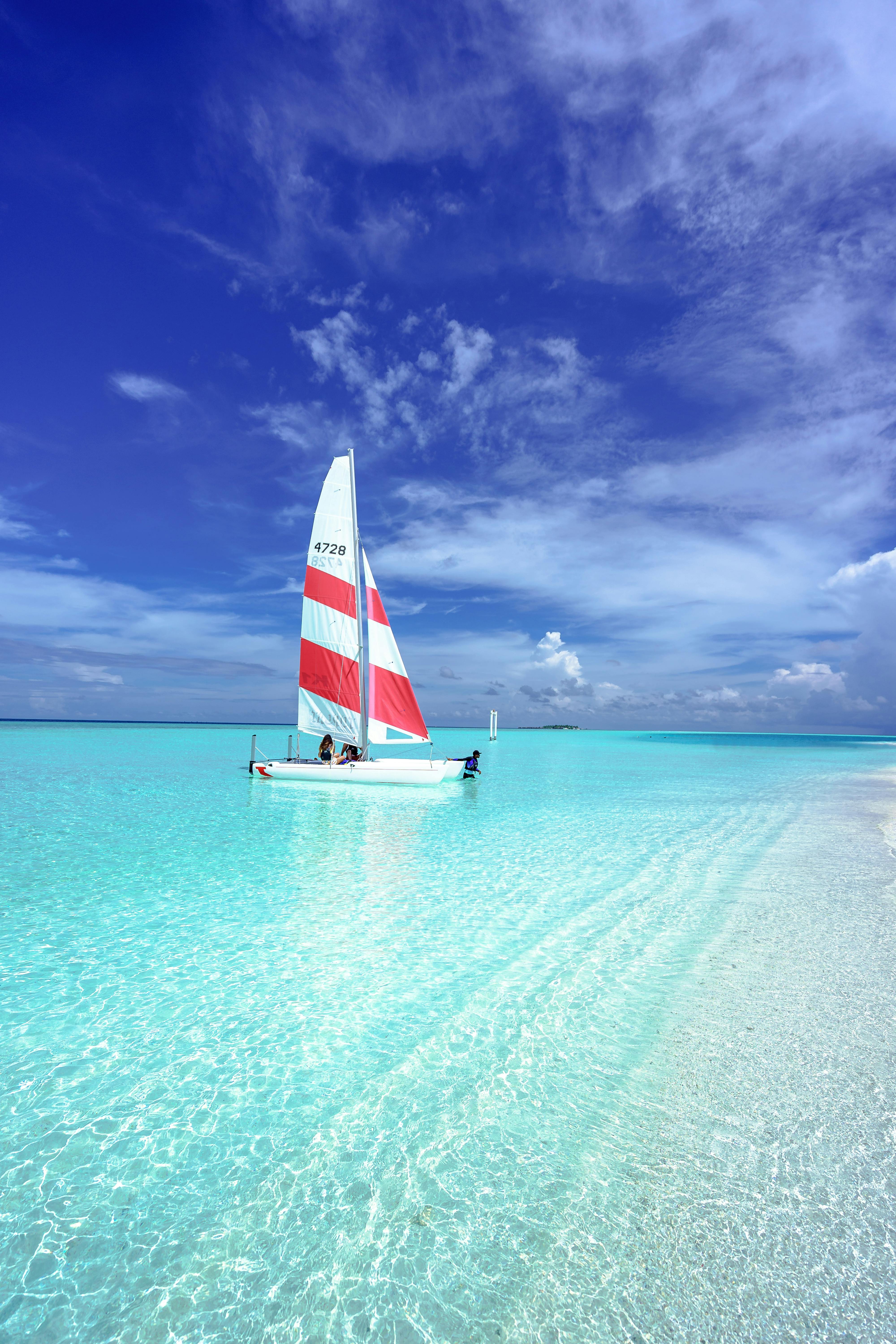Have you ever wondered why a kayak paddle has offsets? It’s an interesting design feature that many paddlers, both newbies and seasoned pros, might overlook. The offset in kayak paddles isn’t just for show; it plays a crucial role in optimizing your paddling efficiency and comfort. In this article, we’ll dive deep into the world of kayak paddles, exploring why they have offsets, and how this design enhances your kayaking adventures.
Before we get into the nitty-gritty, let’s break down some key points to take away from this discussion.
- Efficient Paddling: Offset paddles help reduce wind resistance and improve paddling efficiency.
- Comfort and Ergonomics: Properly designed offsets can reduce wrist strain and enhance comfort.
- Different Angles for Different Needs: Various offset angles cater to different paddling styles and preferences.
- Technological Innovations: Modern kayak paddles incorporate advanced materials and designs to maximize performance.
- Choosing the Right Paddle: Understanding offsets helps you make informed decisions when selecting a paddle.
Understanding the Offset in Kayak Paddles
Source: Wikipedia
The concept of offset in a kayak paddle can be a bit perplexing at first. Essentially, the blades of the paddle are set at different angles relative to each other. This design serves multiple purposes, primarily aimed at enhancing the paddling experience. Let’s delve into why this offset exists and how it benefits paddlers.
| Offset Angle | Benefits |
|---|---|
| 0° | Symmetrical, easy to use for beginners |
| 30° | Balanced efficiency and comfort |
| 45° | Reduced wind resistance, better for experienced paddlers |
| 60° | Maximum efficiency, ideal for racing and high-performance paddling |
The Science Behind Paddle Offsets
Have you ever battled against the wind while kayaking? If you have, you know how much of a struggle it can be. This is where the offset design comes into play. By angling the blades differently, one blade can cut through the air while the other is in the water, significantly reducing wind resistance. This makes your paddling more efficient and less tiring.
According to experts, “The offset angle helps in minimizing the wind resistance on the blade that is not in the water, making each stroke smoother and more powerful.” This principle is akin to the aerodynamic designs in cycling helmets or car bodies, where reduced drag translates to better performance.
Source: Pexels.com
Improving Paddling Efficiency
Imagine paddling through a serene lake or battling the rapids of a river. The efficiency of your strokes can make or break your experience. Offset paddles allow for a more natural wrist motion, reducing strain and making each stroke more powerful. This is particularly beneficial during long kayaking tours where sustained paddling is required.
Moreover, different paddling techniques can benefit from various offset angles. For instance, a high-angle paddle stroke, often used in river kayaking, might benefit from a 45° offset, while a low-angle stroke, common in lake paddling, might be more comfortable with a 30° offset.
Choosing the Right Kayak Paddle
So, you’ve decided to invest in a new kayak paddle. But with so many options available, how do you choose the right one? Understanding the different offset angles and their benefits can help you make an informed decision. Whether you’re shopping for paddles on REI Co-op or browsing through options on Amazon, keep in mind the type of kayaking you’ll be doing and your personal comfort.
Source: Pexels.com
Material and Design
When selecting a kayak paddle, consider the materials used in its construction. Carbon fiber paddles are lightweight and durable, making them ideal for serious paddlers. Fiberglass paddles offer a good balance between cost and performance, while aluminum paddles are budget-friendly and suitable for recreational paddling.
Additionally, the design of the paddle blades can affect your paddling experience. Asymmetrical blades, for example, are designed to provide a more efficient stroke, while symmetrical blades are easier to use for beginners.
Adjustable vs. Fixed Shafts
Another factor to consider is whether you want an adjustable or fixed shaft. Adjustable shafts allow you to modify the offset angle to suit different paddling conditions, providing versatility. Fixed shafts, on the other hand, are simpler and often more robust, making them a good choice for beginners or those who prefer a straightforward setup.
Real-Life Experiences with Offset Paddles
Real-life experiences can often provide the most valuable insights. Many paddlers have shared their thoughts and experiences on forums like Reddit, discussing the benefits and drawbacks of different paddle designs.
As one paddler puts it, “Switching to an offset paddle made a world of difference for me. I used to struggle with wrist pain, but the offset design has made my paddling much more comfortable and sustainable.”
These firsthand accounts highlight the importance of choosing the right paddle for your needs. Whether you’re a casual paddler or a seasoned pro, the right kayak paddle can enhance your experience and make your time on the water more enjoyable.
Everything You Need To Know About Kayak Paddles
Testimonials from Kayak Enthusiasts
Personal testimonials from kayak enthusiasts can offer valuable insights. Here are a few quotes from seasoned paddlers who have experienced the benefits of offset paddles firsthand:
“I’ve been kayaking for over a decade, and switching to an offset paddle was a game-changer. It reduced my wrist strain and made my strokes more efficient.” – Jane D., River Kayaker
“For long-distance paddling, an offset paddle is essential. It not only improves efficiency but also makes the entire experience more comfortable.” – John S., Lake Paddler
Kayak Paddle Maintenance and Care
Taking care of your kayak paddle is crucial to ensure its longevity and performance. Proper maintenance can prevent wear and tear and keep your paddle in top condition. Here are some tips to help you maintain your kayak paddle:
| Maintenance Task | Frequency |
|---|---|
| Rinse with fresh water | After each use |
| Inspect for damage | Before each outing |
| Lubricate moving parts | Monthly |
| Store in a dry place | Always |
Cleaning and Storage
After each kayaking session, rinse your paddle with fresh water to remove salt, sand, and debris. This prevents corrosion and keeps the moving parts functioning smoothly. Inspect your paddle for any signs of damage, such as cracks or chips in the blades or shaft.
When storing your paddle, keep it in a dry place away from direct sunlight. UV rays can weaken the materials over time, so it’s best to store your paddle indoors or in a shaded area.
Regular Inspections
Regularly inspect your kayak paddle for any signs of wear and tear. Check the blades for cracks or chips and ensure that the shaft is free from dents or bends. If you notice any damage, repair or replace the paddle as needed to ensure your safety on the water.
In summary, understanding the importance of offsets in a kayak paddle can significantly enhance your kayaking experience. Whether you’re looking to improve your paddling efficiency, reduce wrist strain, or simply enjoy your time on the water more, choosing the right paddle is crucial. By considering the offset angles, materials, and design, you can find the perfect paddle to suit your needs and preferences. Happy paddling!
Frequently Asked Questions (FAQs)
Q: Why do kayak paddles have offsets?
A: Offsets in kayak paddles reduce wind resistance and improve paddling efficiency. By angling the blades differently, one blade cuts through the air while the other is in the water, making each stroke smoother and more powerful.
Q: What is the best offset angle for a kayak paddle?
A: The best offset angle depends on your paddling style and preferences. Common angles include 0°, 30°, 45°, and 60°. Beginners may prefer a 0° or 30° offset for ease of use, while experienced paddlers might opt for a 45° or 60° angle for maximum efficiency.
Q: How do I choose the right kayak paddle?
A: Consider the offset angle, material, and design of the paddle. Carbon fiber paddles are lightweight and durable, while fiberglass paddles offer a good balance between cost and performance. Additionally, asymmetrical blades provide a more efficient stroke, while symmetrical blades are easier for beginners.
Q: How do I maintain my kayak paddle?
A: Rinse your paddle with fresh water after each use, inspect it for damage before each outing, and lubricate any moving parts monthly. Store your paddle in a dry place away from direct sunlight to prevent UV damage.
Q: Are offset paddles better for long-distance kayaking?
A: Yes, offset paddles are generally better for long-distance kayaking as they reduce wind resistance and wrist strain, making paddling more efficient and comfortable over extended periods.





[…] creates less drag, allowing you to paddle at higher speeds with less effort. This makes sit-in kayaks a better choice for long-distance paddling, racing, or any situation where speed and efficiency are […]